Your clothes are literally hanging on you by a thread. With all the money invested in the fabric and all the time spent sewing, this isn't the place to economize. Quality thread is worth the price.
Try this experiment. Thread the machine with white thread. Using a marker, color an inch of the thread just even with the top of the needle. Sew slowly on a scrap and watch the mark. It will go down, through the needle, around the bobbin, and back up through the needle backwards. The marked thread will do this many times before being sewn onto the fabric. That is a lot of movement and tension. Therefore, if the thread is more than ten years old - DO NOT- use it. Old thread becomes dry and brittle. Old thread can not be revived.
When buying a spool of thread write the year on it and keep it with the fabric it matches. Purchase spools of thread at the same time as the fabric. Thread colors change with the fashion seasons and if the fabric is not used for several months it will be difficult to match last year’s burgundy with this year’s dark wine. With that in mind, don't get stressed trying to find an exact match for a fabric. Choose the color that is nearest and when there are two colors that are close go with the one that is slightly darker than the fabric. For most sewing the types of thread found at the fabric store work well. Some stitchers favor one brand of thread over another. This may be due to their machine or the type of sewing. If you find that one brand of thread works well for you stick to that brand.
Don’t sew with serger thread on expensive material or on fabric that will be under a lot of stress. Serger thread is two ply and not as tightly spun as regular thread which is three ply. Sergers rely on the use of several threads together to make a strong seam. Knowing these facts it is possible to use this thread on a regular sewing machine. Serger thread requires a separate thread stand with a heavy base. These big cones are cross wound, and the thread is designed to come straight up off the top. By putting the thread on a stand near the machine the thread will be coming off the spool evenly. These spools are to heavy to spin as the thread is pulled, that would effect the tension. For most sewing the same thread top and bobbin will keep the tension balanced.
At the start of a project wind at least two bobbins in the new color. That much will be needed to complete almost any project. Wind bobbins at a medium speed. Yes, this takes longer than just tromping the pedal, but winding fast causes uneven filling of the bobbin and uneven stitching. Winding fast also causes the thread to heat and stretch, resulting in frequent breakage and puckered seams. Never wind one color thread over another. This causes a lumpy bobbin. The bobbin will hold less thread of the color being used, requiring more refilling. To save left over thread, wind it back on the spool. There are usually only a couple of yards of thread remaining, not worth keeping and the thread on the bobbin may not have a matching spool.
Purchase additional bobbins to make color changes easier. Be sure to get the right size bobbins for the machine. Some of the new machines have an electric eye that sends a message when the bobbin is getting low. These machines require plastic bobbins. Always keep full bobbins of most frequently used colors on hand.
What are the main causes of thread breakage?
* 50% is the quality of the thread
* * 20% is the needle - poor quality, wrong size, wrong type
* * * 20% is the tension setting or using too short of a stitch length
* * * * 5% is the condition of the machine - lint built up, timing, oiling
* * * * * 5% is the thread delivery system - machine is improperly
threaded
Thread tension is a combination of the thread passing through thread guides and the pressure applied to the tension disks via the tension spring. Whenever you thread your machine, make sure that the presser foot is up. This allows the thread to slip properly between the tension disks. Most machines are factory set for 50-60 weight sewing thread. When using a heavier thread for quilting or decorative stitching, the tension will have to be changed. Experiment with different threads and tensions. It can always be changed back.
Problem: - - - - - - The top thread frays.
Probable Cause: - The needle is too small, the wrong type, or
damaged. Tension is set too high. Cheap old thread.
Machine improperly threaded.
Problem:-------The bobbin thread shows up on the top.
Probable Cause: - Top tension is too high.The bobbin tension is too
loose. There is dirt/lint under the tension spring or in the
bobbin case.
Problem: - - - - - - The thread makes a birds nest under the needle plate.
Probable Cause: - The top tension is to low. The machine is
improperly threaded and the take up lever was missed.
Success is achieved by using the proper thread for the project, the correct needle for the type of fabric, and maintaining the machine in good condition. Tension should be on the thread not the sewer.
In Seattle you know you have had enough coffee when you can thread the machine while it is running.
